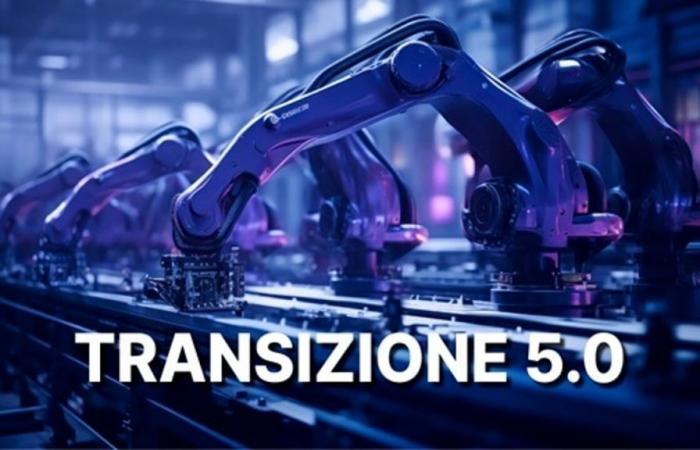With Transition 5.0 and the return to significant tax credits, the provinces of Padua and Rovigo could see total investments of no less than 900 million euros in the two-year period 2024/2025 (just under 800 of which for the province of Padua and over 100 for that of Rovigo), for a share of the incentive equal to at least 380 million euros overall (here too around 300 million for Padua and 80 for Rovigo). If the implementing decrees of the measure were finally published in a time frame consistent with those necessary for the activation of the investments, it would be almost 4 times the values that the Cna Research Office has indicated for 2023 and equal to around 250 million euros for the provinces of Padua and Rovigo (with the first province worth around 200 million and the second 50 million).
The estimate
The estimate of the Cna Padova and Rovigo Office, based on the dynamics of use of the “Industry 4.0” tax credit detectable from the MEF data of the tax returns of companies and on the requests for the “Nuova Sabatini” contribution, indicated in 2021 (50% tax credit) a volume of “digital and interconnected” investments of just under 470 million euros, for a relief to companies of around 230 million euros (spread over 3 years). In 2022 it was decreasing, just under 400 million, probably due to the effect of geopolitical tensions but also due to the remodulation of the tax credit to 40% (just over 160 million euros the value of the incentive).
Luca Montagnin
“There are many companies in our area that are preparing to seize the opportunity of Transition 5.0 to make new investments,” says Luca Montagnin, president of CNA Padova and Rovigo. “This demonstrates how entrepreneurs, starting with those artisans that Cna Padova and Rovigo is proud to represent, continue to bet on their competitiveness and on the innovation capacity of an economic and social system that still has a lot to give, even in the future, in terms of growth and distribution of wealth. This was demonstrated once again by the exceptional participation in the meeting entitled “Opportunities for subsidized finance for businesses: the Transition Plan 5.0″ that Cna Padova and Rovigo organized last Wednesday, June 26. An event with hybrid participation, online but also in the Padua and Rovigo offices of Cna, which provided entrepreneurs with a lot of useful information on how to prepare for the calls for tenders of the new incentive plan once the implementing decrees of the measure are published.”
Transition 5.0
In the two-year period 2024-2025, companies will be able to use the incentives of the Transition 5.0 plan, in the form of tax credits, to activate investments in the digitalization and efficiency of their production processes, reducing energy consumption and orienting them towards sustainability and green development, but also implementing staff skills with new training activities. The Plan is financed with 6.3 billion euros from the re-orientation of PNRR resources, which are added to the transition plan 4.0. While the latter will continue to incentivize the purchase of 4.0 goods and software, 5.0 will instead introduce new measures for all investments in goods and activities that will generate energy savings or bring energy efficiency. The resources are divided into 3.8 billion euros for the purchase of tangible and intangible capital goods 4.0, 1.8 billion for plants for self-production and self-consumption of energy from renewable sources, 630 million euros for staff training in digital and green skills.
Tax credit
The tax credit varies depending on the value of the investment projects and the reduction in consumption obtained thanks to them: in the most “popular” range for SMEs, that of projects up to 2.5 million euros, it ranges from 35% tax credit for a reduction in overall company consumption of at least 3%, to 45% if the threshold of 10% is exceeded. The advantage can also be wider in the case of the construction of photovoltaic systems with high or very high efficiency cells, which can increase the value of the system by up to 140% of its actual cost.






